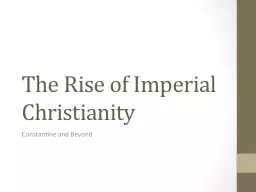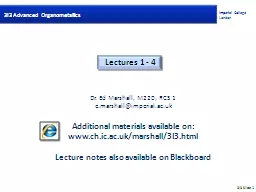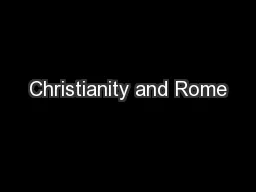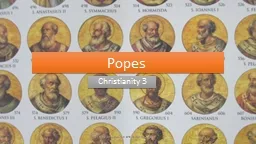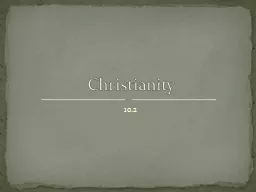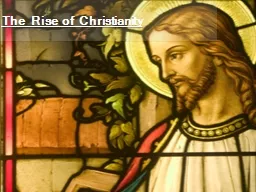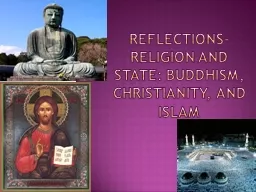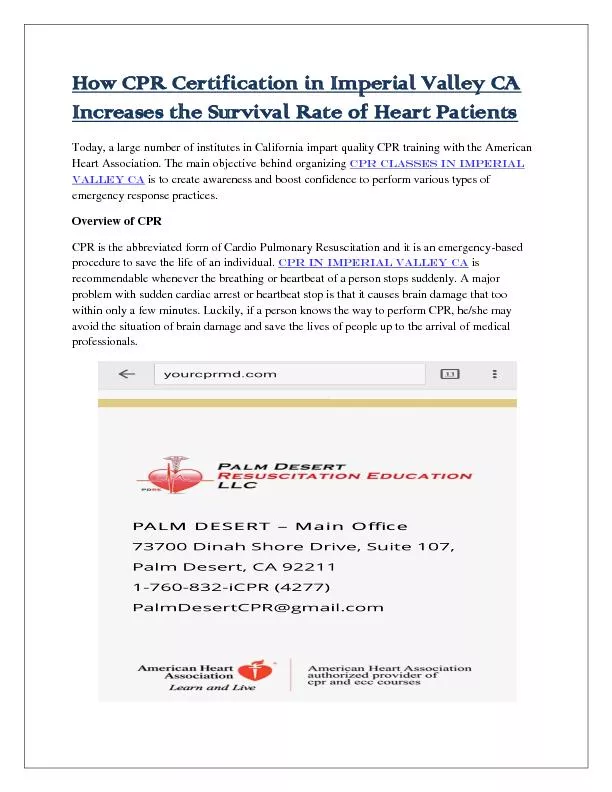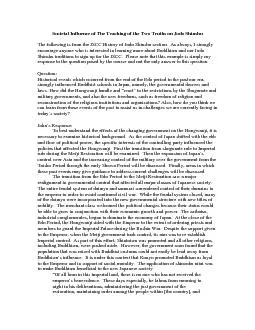PPT-The Rise of Imperial Christianity
Author : lindy-dunigan | Published Date : 2016-03-13
Constantine and Beyond Decius 249 AD came into power Christian historians paint him as cruel History shows him to be a Roman of old style who wanted to return
Presentation Embed Code
Download Presentation
Download Presentation The PPT/PDF document "The Rise of Imperial Christianity" is the property of its rightful owner. Permission is granted to download and print the materials on this website for personal, non-commercial use only, and to display it on your personal computer provided you do not modify the materials and that you retain all copyright notices contained in the materials. By downloading content from our website, you accept the terms of this agreement.
The Rise of Imperial Christianity: Transcript
Download Rules Of Document
"The Rise of Imperial Christianity"The content belongs to its owner. You may download and print it for personal use, without modification, and keep all copyright notices. By downloading, you agree to these terms.
Related Documents

